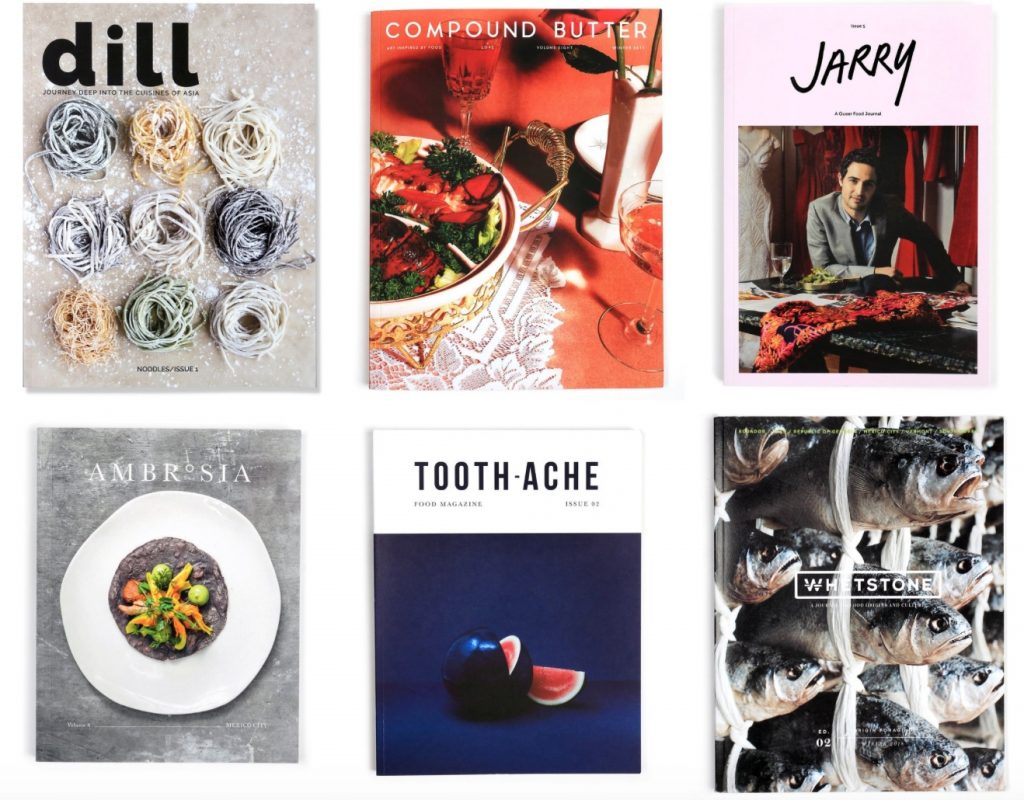 The latest trend in indie food magazines proves that, in this niche at least, portions are sometimes best served small.
The latest trend in indie food magazines proves that, in this niche at least, portions are sometimes best served small.
As Tejal Rao writes in the New York Times food section, there is an “unexpected groundswell across the country: a wave of small, sophisticated print magazines, produced on a shoestring by young editors with strong points of view and a passion for their subjects — from the subtleties of regional Thai home cooking to the intersection of food and queer culture.”
Rao highlights a number of recent titles that are launched on decidedly less than a shoestring budget in traditional publishing terms, yet are finding a passionate audience none-the-less.
“The last few years have brought new titles like Ambrosia, Compound Butter, Jarry, Kitchen Toke, Peddler and Kitchen Work,” Rao explains, noting that these are often filled with original art, gorgeous photography and “and nuanced, complex stories you want to spend time digesting.
“Their cover prices are fittingly high, with many around $20, and a few don’t even bother to post their content online, focusing entirely on print,” he continues.
Because these titles are launched as labors of love, they are often crowdfunded or bootstrapped from tight personal resources.
“After crowdfunding an initial investment, or putting in personal savings, small teams with low overheads may be able to pay for the costs of printing and freelance contributors, usually with a mix of sales, brand partnerships and events,” Rao explains.
“This can generate enough to fund the next issue, but many editors say it’s not enough to pay themselves a full salary, let alone hire a full-time staff. Some do hire professionals, on a freelance basis, while others rely on the help of friends and family to share design tips or proofread pages,” he continues.
Of course, this doesn’t denigrate their quality in any way. In fact, because of the passion involved, the content is often more insightful, more creative and at times just plain breathtaking, compared to a magazine whose primary goal is financial success.
Despite the challenges, we continue to see some fantastic entries in the indie food category, with publishers finding a gap in the market and filling it in with food titles in the most enticing ways. Delicious.
